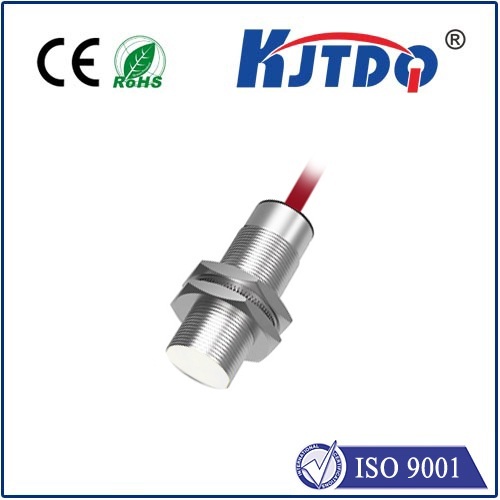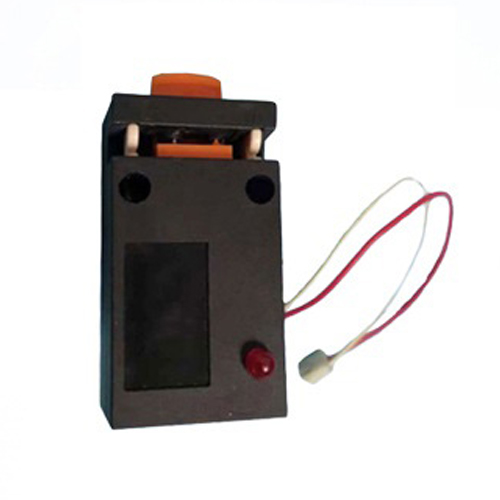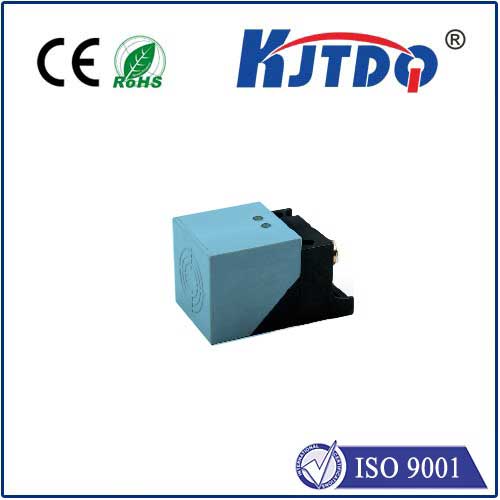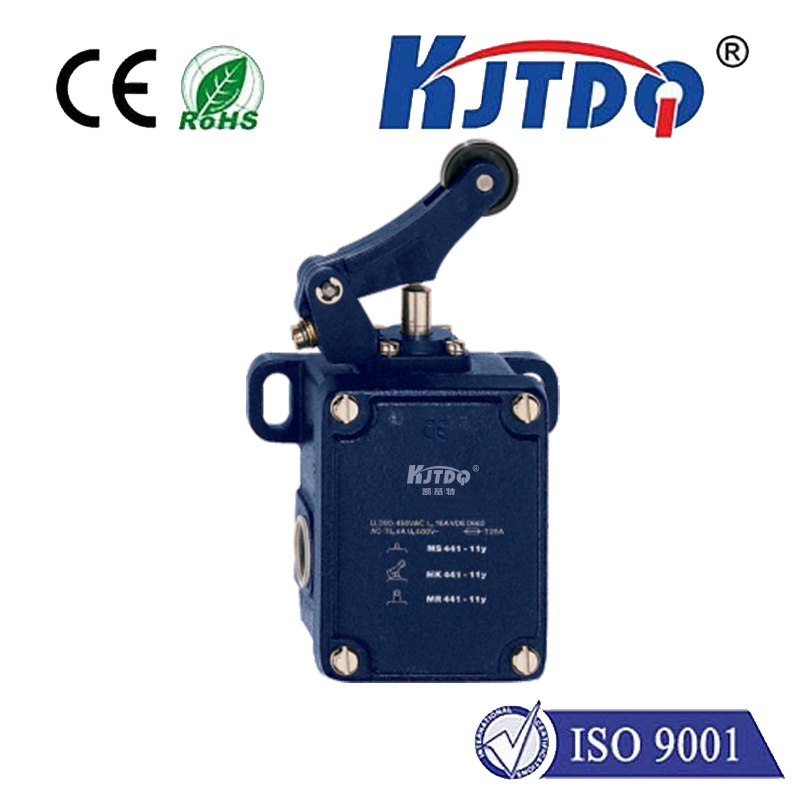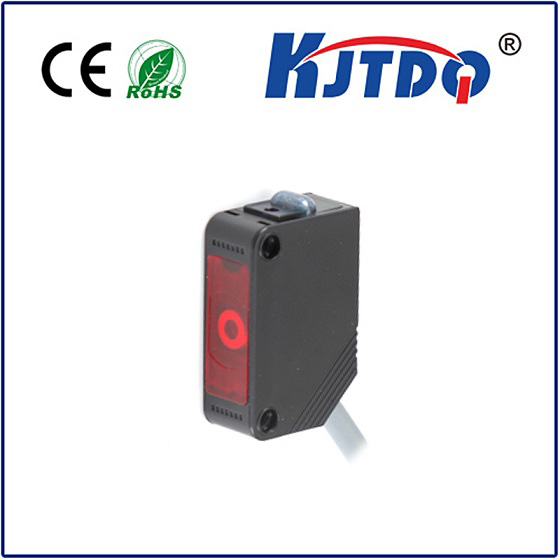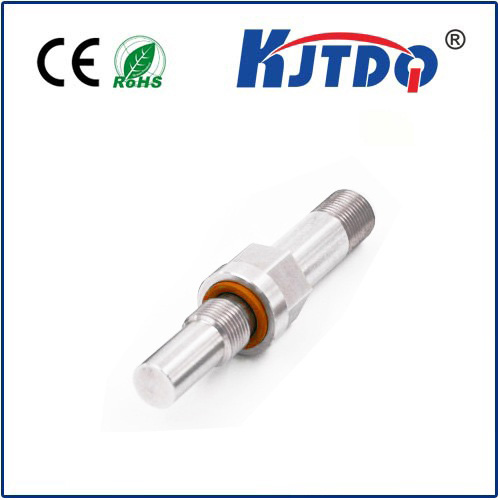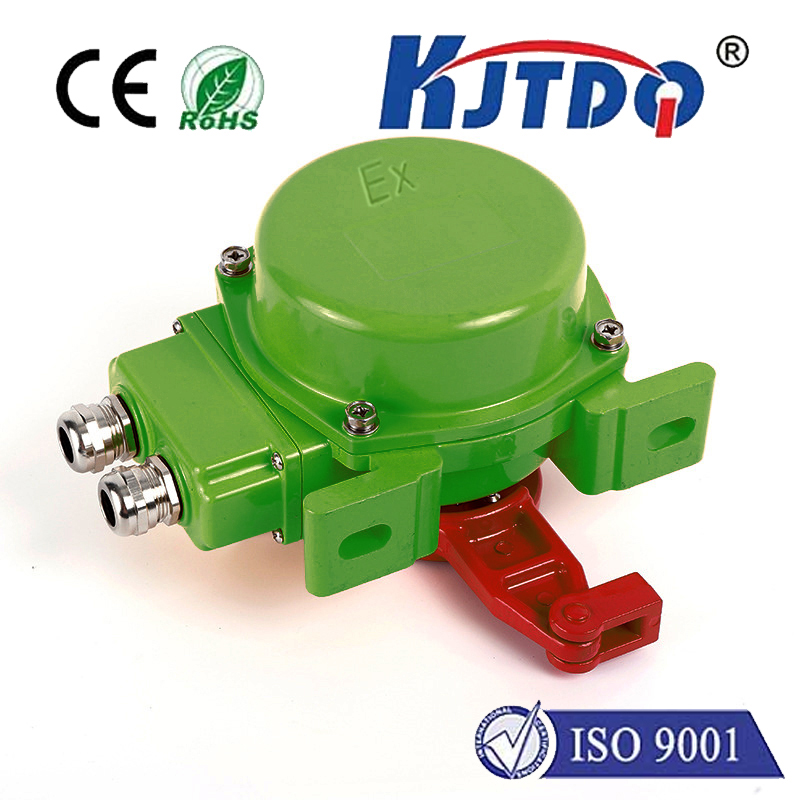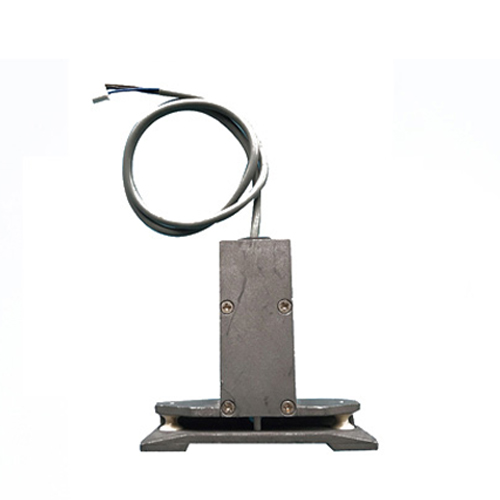non flush proximity sensor
- time:2025-07-15 08:09:50
- Click:0
Unlocking Flexibility: How Non-Flush Proximity Sensors Revolutionize Industrial Detection
Ever struggled with sensor placement limitations in tight spaces, behind panels, or on uneven surfaces? That frustrating challenge, common across manufacturing, automation, and robotics, is precisely where non-flush proximity sensors shine. Unlike their recessed counterparts, these versatile components offer a unique installation freedom, opening doors to innovative designs and overcoming application hurdles previously deemed impractical. Understanding their operation, benefits, and ideal use cases is key to optimizing modern sensing systems.
Let’s clarify the fundamental distinction. All inductive proximity sensors detect the presence of metallic objects without physical contact. However, their mounting defines their flush capability:
- Flush-Mountable Sensors: Designed to be installed flush (level) with the surrounding metal mounting surface. They offer a shielded design that minimizes the influence of surrounding metal, allowing for very close side-by-side mounting. The trade-off? Their effective sensing range is typically shorter.
- Non-Flush Proximity Sensors: Also known as non-shielded or unshielded sensors. These feature an exposed sensing face and coil, projecting beyond the sensor body. Crucially, they cannot be mounted flush into a metal surface without significant performance degradation or complete failure. Instead, they need a clearance around the sensing face.
So, what makes non-flush sensors so valuable? The answer lies in their unique strengths:
- Longer Sensing Ranges: The exposed coil configuration allows the magnetic field to project further. Consequently, non-flush proximity sensors generally offer significantly longer operating distances compared to flush sensors of comparable size. This is often the primary motivator for choosing them, enabling detection of objects from farther away.
- Mounting Flexibility: Freedom is their hallmark. They don’t require precise recessed mounting holes. You can mount them freely on brackets, behind non-metallic panels, or even offset from the target area, bypassing spatial constraints that would block a flush sensor. This is invaluable in retrofitting existing machinery or designing compact systems.
- Simplified Installation: Eliminating the need for precise recessed cutouts translates to faster, easier installation. Mounting often requires just a simple hole or bracket, reducing labor costs and complexity.
- Reduced Cost: Generally, due to their simpler shielding design, non-flush sensors tend to be slightly less expensive than equivalent flush models, making them a cost-effective solution where their advantages align with the application needs.
Ideal Applications: Where Non-Flush Sensors Excel
Leveraging their strengths, non-flush inductive proximity sensors find critical roles in numerous demanding environments:
- Long-Range Detection: The obvious choice when the target needs detection from a greater distance than a flush sensor can manage. Think detecting pallets on high racks, large components passing by, or the end position of a long actuator stroke.
- Mounting Behind Non-Metallic Barriers: Need to detect objects inside an enclosure through a plastic window? Or sense through a fiberglass panel? Non-flush sensors handle this effortlessly, their magnetic field penetrating non-metallic materials without issue. Flush sensors struggle significantly here.
- Tight or Complex Geometries: In spaces where drilling a recessed hole is impossible or impractical – like cramped robotic arms, existing machinery with limited access, or curved surfaces – the non-flush sensor’s ability to be mounted simply on a bracket is a game-changer.
- Damp or Dirty Environments: While both types are robust, the exposed face of a non-flush sensor can sometimes be slightly easier to clean off accumulated dust or moisture buildup in less critical applications. (Note: Selection should always prioritize IP ratings for specific environmental hazards).
- Detecting Smaller Targets: The stronger, less restricted field can sometimes improve detection reliability for very small metallic objects near the sensor’s maximum range compared to a shielded flush type.
Important Considerations: Ensuring Successful Deployment
While powerful, deploying non-flush proximity sensors effectively requires attention to key factors:
- Adjacent Metal Interference: This is critical. Because they are unshielded, nearby metal structures, brackets, or even other sensors can significantly disrupt their magnetic field. Maintain adequate clearance (typically specified as 1-2 times the sensor diameter) around the sensing face and sides as per manufacturer guidelines. Failing to provide this flanking clearance is the most common cause of erratic operation.
- Physical Vulnerability: The exposed sensing face is naturally more susceptible to mechanical damage from impacts, abrasion, or crushing forces compared to a recessed flush sensor. Consider protective guards or mounting location carefully in high-risk zones.
- Dust/Moisture Buildup: While potentially easier to clean, the exposed face can accumulate contaminants faster. Ensure the chosen sensor has an appropriate Ingress Protection (IP) rating (like IP67 or IP69K) for the environment.
- Mounting Security: Ensure the sensor is firmly mounted. Vibration or movement affecting its position relative to the target or nearby metal can cause unreliable detection.
Beyond the Basics: Evolution and Versatility
The core principle of non-flush proximity sensors extends beyond simple inductive models. Capacitive non-flush sensors detect non-metallic objects (liquids, plastics, wood) similarly, leveraging the unshielded design for greater range through barriers. Ultrasonic sensors inherently operate non-flush, relying on sound wave projection. Even specialized photoelectric sensors often function effectively in non-flush configurations. The underlying theme remains: sacrificing the tight integration of flush mounting for greater detection distance and installation freedom.
The Strategic Choice
Choosing the right proximity sensor – flush or non-flush – hinges on meticulously analyzing the application requirements. When longer sensing range, mounting behind non-metallic materials, or overcoming complex spatial constraints are paramount, the non-flush proximity sensor emerges as a superior, often indispensable solution. Its inherent flexibility liberates designers and engineers, enabling detection capabilities in scenarios previously considered unfeasible. By understanding their operational principles, key advantages like extended range and mounting freedom, and diligently managing their limitations concerning adjacent metal interference and physical protection, these sensors become powerful tools for enhancing automation efficiency, improving safety systems, and driving innovation across countless industries.











